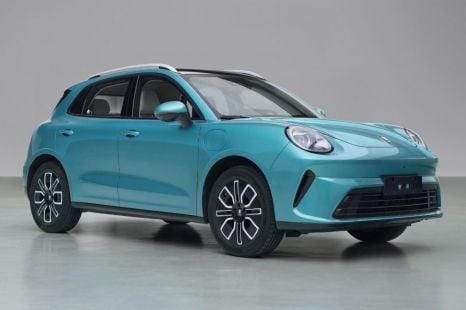

William Stopford
GWM is finally launching an electric SUV as Ora Cat breaks cover
3 Days Ago
It's set to get the axe soon, but does the Volkswagen Golf Life Wagon still have any appeal in an ever-growing SUV market?
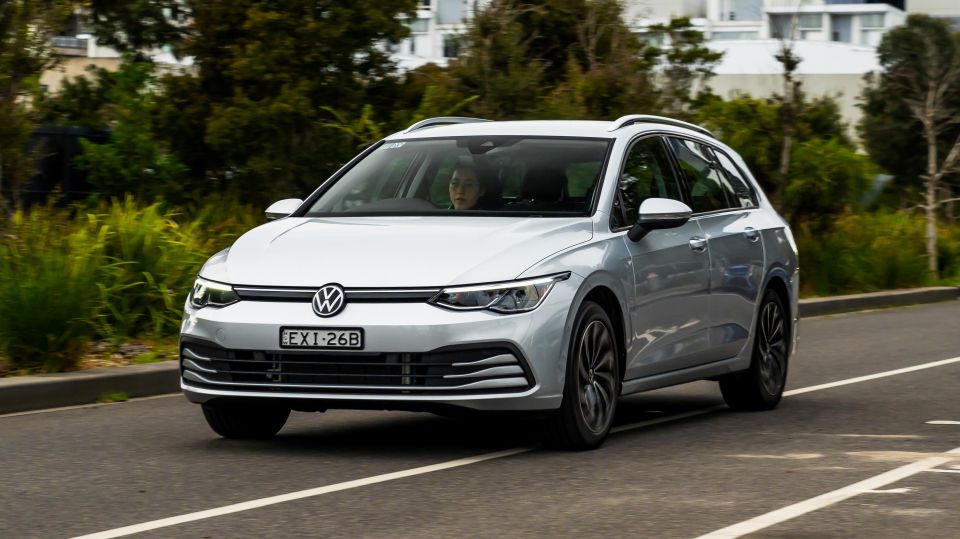


Contributor

Contributor


Contributor

Contributor
Quickly see how this car stacks up against its competition. Select any benchmark to see more details.
Where expert car reviews meet expert car buying – CarExpert gives you trusted advice, personalised service and real savings on your next new car.
The writing has been on the wall for a while now, but it’s finally official – the Volkswagen Golf Wagon is getting the axe in Australia.
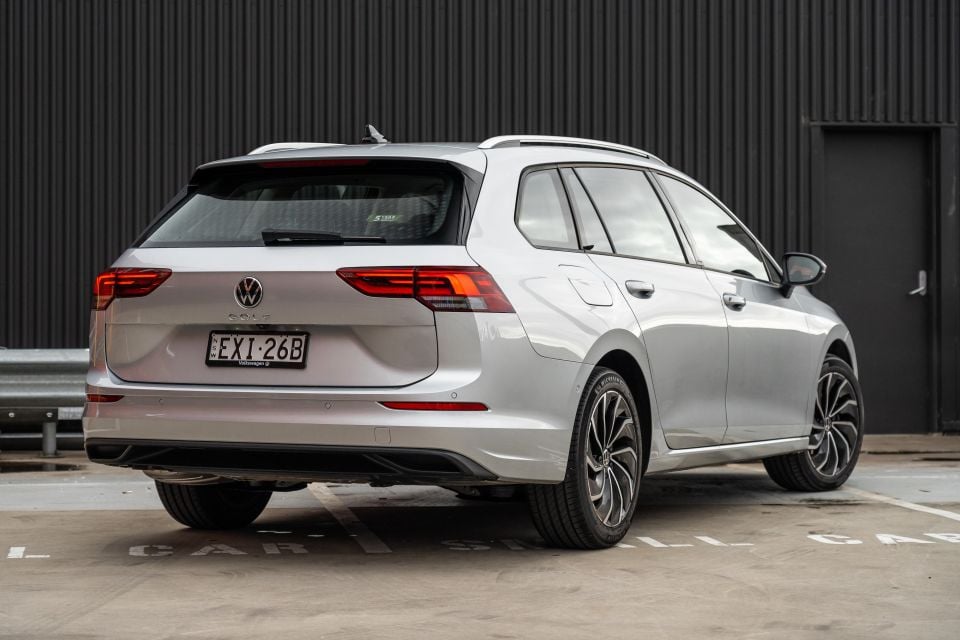
Volkswagen Australia confirmed around a month ago that you can no longer order a new Golf Wagon, including the hotter R variant. It also axed the entire Arteon and Passat ranges in the same fell swoop.
If you’ve still got your money down for a Golf Wagon you’ll get it, but prospective customers will otherwise have to find a vehicle in dealer stock.
Think of this review as the farewell tour for the Golf Wagon. On test here we have the mid-spec Life variant that slots between the entry-level model and the high-performance R flagship.
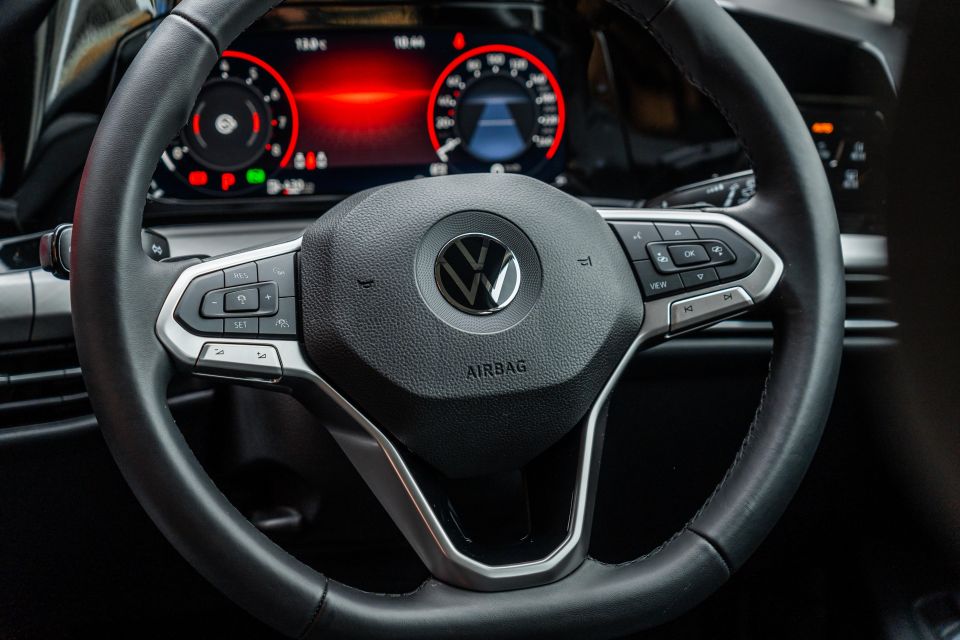
The Golf Life Wagon can be distinguished externally by its 17-inch alloy wheels, as well as its chrome roof rails. It’s also longer and taller than the Golf Hatch.
Given the Golf Wagon is now dead in Australia that doesn’t leave many other smaller wagons to choose from. Are you sad to see it go?
The 2023 Volkswagen Golf Life Wagon is priced from $40,590 before on-road costs. This makes it $2600 more than the entry-level Golf Wagon, and $31,400 cheaper than the hot Golf R Wagon.
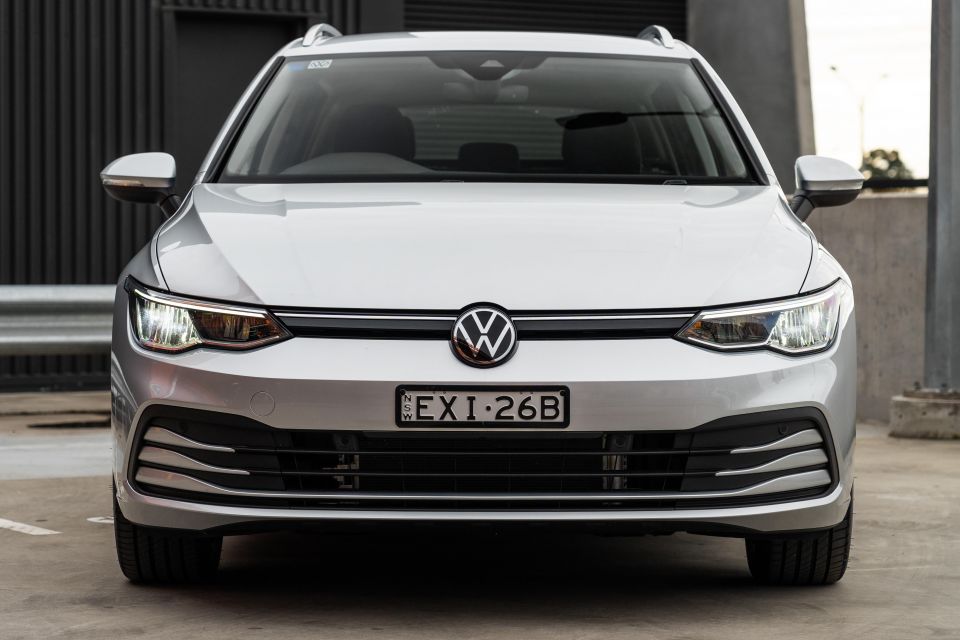
Our tester was finished in Reflex Silver Metallic exterior paint which costs an additional $700, bringing the total to $41,290 before on-roads, or $43,715 drive-away for Victorian buyers (each State has slightly different taxes).
The Golf Life Wagon is available with two optional packages, though neither of them were fitted to our tester. These include the $2000 Comfort & Style Package, as well as the $1650 Sound & Vision Package.
In terms of rivals to the Volkswagen Golf Life Wagon there are fewer and fewer by the month. The only other comparable rival comes from within the Volkswagen Group in the Skoda Octavia 110TSI Style wagon ($42,490 D/A).
Other pricier small wagon alternatives include the Peugeot 308 GT Premium Wagon ($50,490), and the Subaru WRX Sportswagon ($50,990).
Buy your new car without the stress. It's fast, simple and completely free.

Great service from Travis and team, second time I have used this business would not hesitate to recommend them to anyone
Craig C.
Purchased a Ford Ranger in Sunshine Coast, QLD
CarExpert helped Craig save $7,224 on his Ford Ranger, now let us save you on your next new car.
Get your BEST priceWalking up to and unlocking the Volkswagen Golf Life Wagon, you’ll be greeted by some small ambient lighting in the door handles and the side mirrors whirring into place. Once the mirrors are in place, a nondescript graphic is projected onto the ground.
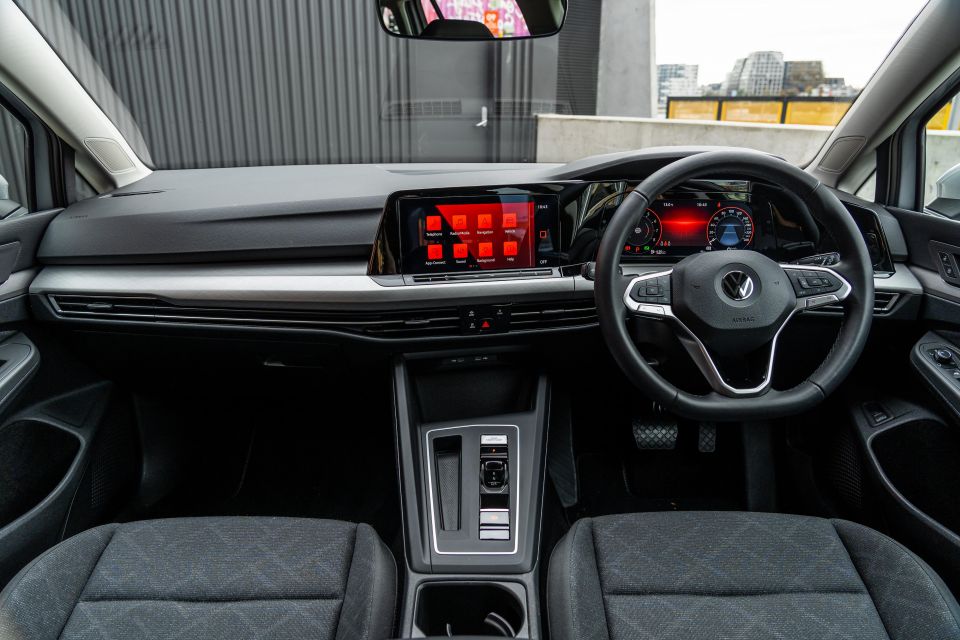
Hopping in you’re presented with some trusty fabric seats that are manually adjustable. The seats themselves aren’t anything to phone home about, but design is subjective and they do the job.
The driver’s seat is entirely manually adjustable and offers manual lumbar adjustment, which is nice to have. There’s a dial to adjust the seat recline but it’s tucked beside the B-pillar which makes it a pain to use.
The seat itself is really comfortable with plenty of side bolstering that makes you feel like you’re cocooned and not going anywhere. The headrest is also deliciously squishy.
The only thing I was looking for from a driver’s seating position perspective was a little bit more thigh support. What’s offered as standard is completely fine, but a touch more wouldn’t go astray.
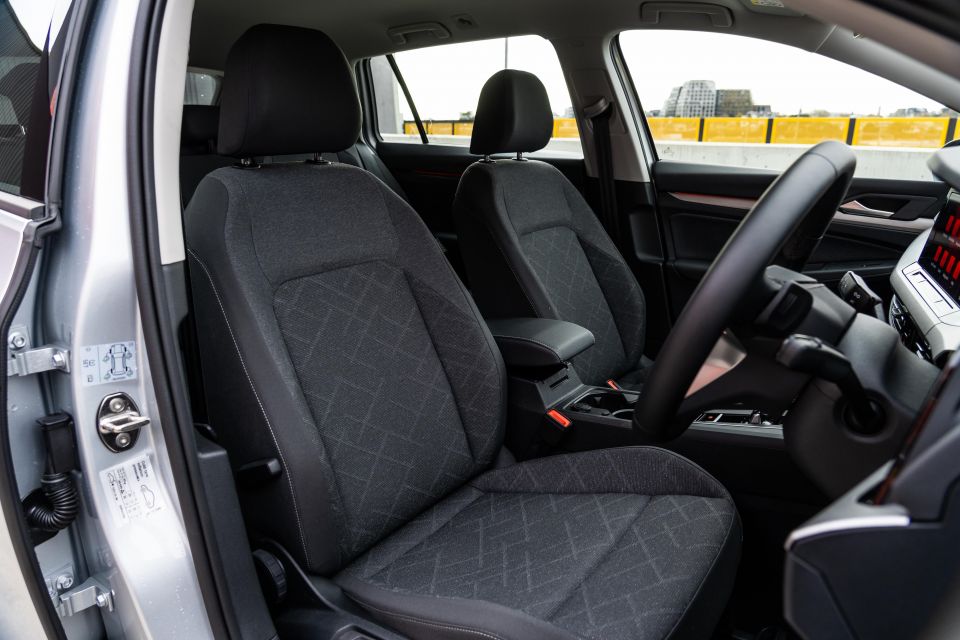

Looking around the cabin, the armrests are covered in fabric like the seats and are soft enough that your elbows won’t get sore. I love that the extendable and ratcheting centre armrest, as well as the fact the felt-lined door pockets continue to live on because it’s one of my (and my partner’s) favourite Golf features.
Beyond the armrests though, you don’t have to look far to find harder plastics. There’s a mass of matte plastic, which admittedly looks a lot better than piano black, around the centre tunnel that is hard to the touch.
Ahead of the driver is a steering wheel that’s claimed to be leather-covered but doesn’t really feel like real leather. It is a little cheap-feeling in hand and unfortunately it attracts scratches easily.
I’m thankful the Golf Life Wagon has the physical push buttons on the steering wheel, unlike the upper trims that currently get the awkward touch-sensitive variety.
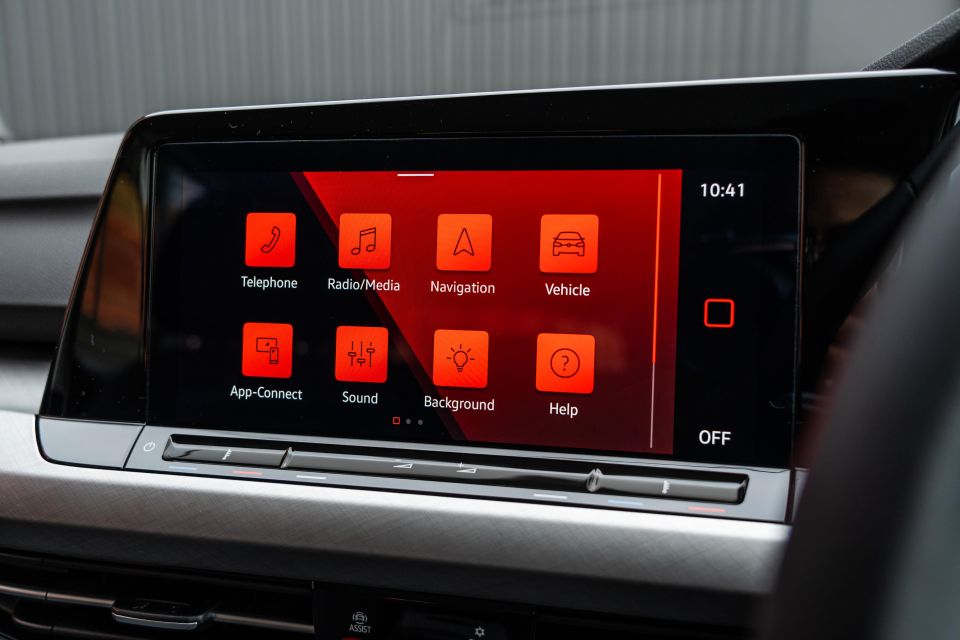

The steering wheel buttons on our tester worked perfectly every single time and were extremely simple to understand.
Behind the steering wheel is the 10.25-inch Digital Cockpit Pro display(Volkswagen’s term for this specific digital instrument cluster), that looks very high-resolution and has plenty of configurability. You can cycle through a number of different infographic menus, as well as different views that allow for a full-size map to be displayed, for example.
My favourite setup was to have the typical dial view, the acceleration/braking dial on the left, fuel consumption/trip data in the middle, and then the driver assist page on the right.
Beside the Digital Cockpit Pro is a 10-inch touchscreen infotainment system that appears to be just as high-resolution as the digital cluster. It boots up very quickly upon startup and new pages load within a reasonable amount of time, which means there’s an ample amount of processing power.
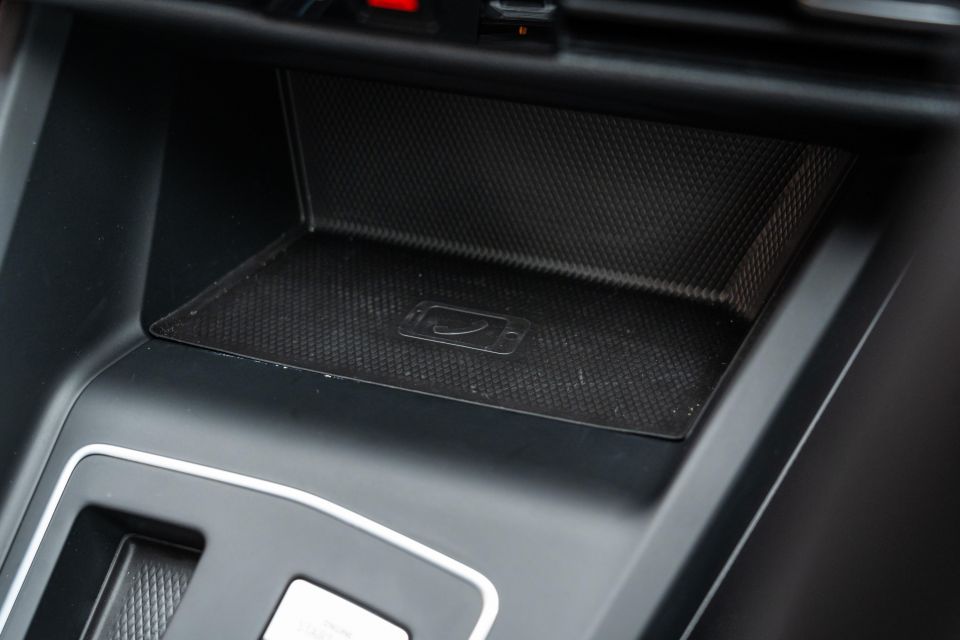
Interacting with the touchscreen is very intuitive as every time you select something there’s an audible click sound. Scrolling through menus and pages is easy as well.
The infotainment system offers gesture controls but this can only be used in the native screens. It can’t be used during Apple CarPlay though.
Speaking of Apple CarPlay, the Golf Life Wagon comes with both wired and wireless smartphone mirroring. I didn’t have connectivity issues whatsoever with wireless Apple CarPlay, and the standard wireless phone charger actually charged my phone.
Outside of smartphone mirroring, the infotainment system’s interface is largely simplistic and easy to understand. There are a range of large buttons on the homepage that take you to key pages.
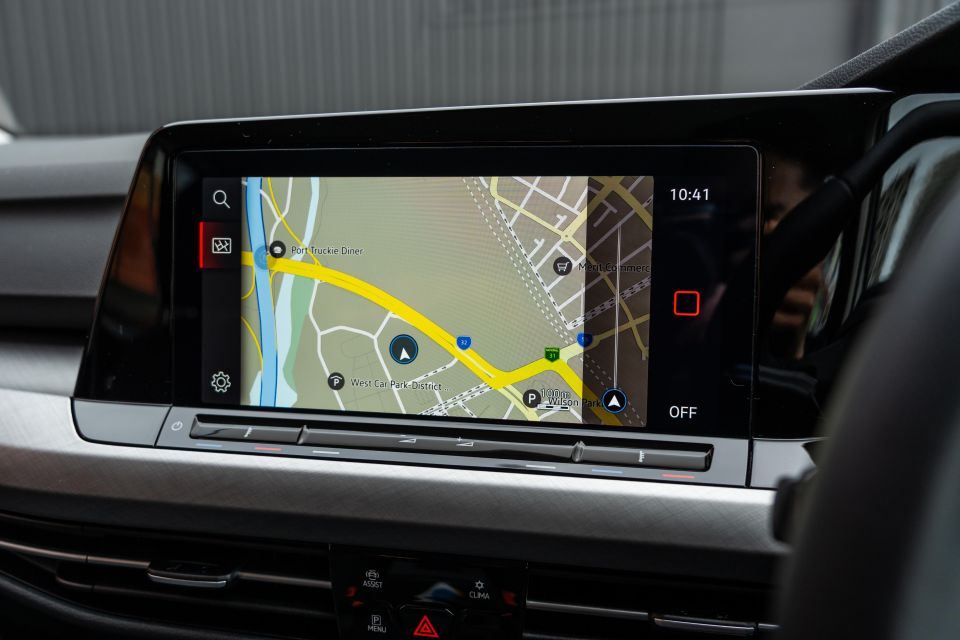
The in-built satellite navigation system is extremely easy to use, with searching for points of interest or destinations only taking a few taps of the screen. Cancelling routes is simple as well.
One downside about the touchscreen is you virtually have to do everything through it, including the majority of the climate controls.
There’s a slider touch panel however under the touchscreen that can be used to control the volume or adjust the climate controls. It doesn’t illuminate at night though and generally feels awkward to use.
I avoided using the touch panel at all costs, and instead used the steering wheel for volume controls, and the touchscreen itself to change the climate control temperature.
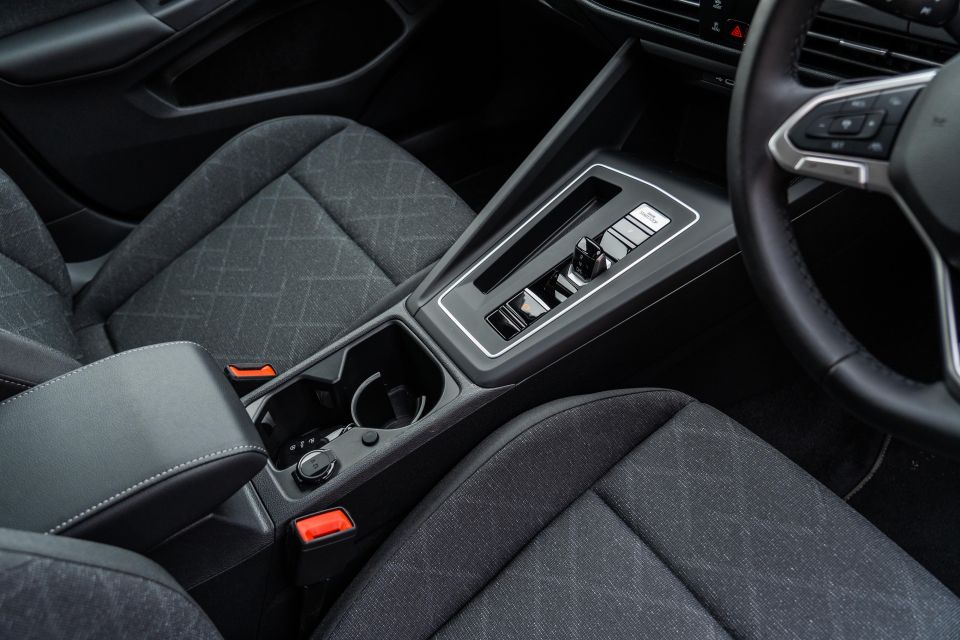
There were also a few times when I was driving and accidentally knocked the touch bar while using the touchscreen which either caused my music to get louder all of a sudden, or the temperature to change. This wasn’t very fun at all.
I hope Volkswagen has a better way to integrate this kind of technology in the updated Golf due next year, because right now it’s just not quite there. A step in the right direction would be to have the touch panel be illuminated at the very least.
It’s not all doom and gloom inside the Golf Life though, as there is interior ambient lighting that can be adjusted between 10 different colours. If you opt for the $2000 Comfort & Style package you’ll get access to 30-colour interior ambient lighting, among other features including a panoramic glass sunroof.
On the centre console the engine start/stop button, knobbly gear selector and electric park brake are all lined up which makes perfect sense. There’s also a convenient little section to the left which is perfect holder for the key.
The only thing that’s missing is an auto-hold function, which is tied to the fact the core Golf models now receive an eight-speed torque-converter automatic instead of the dual-clutch automatic.
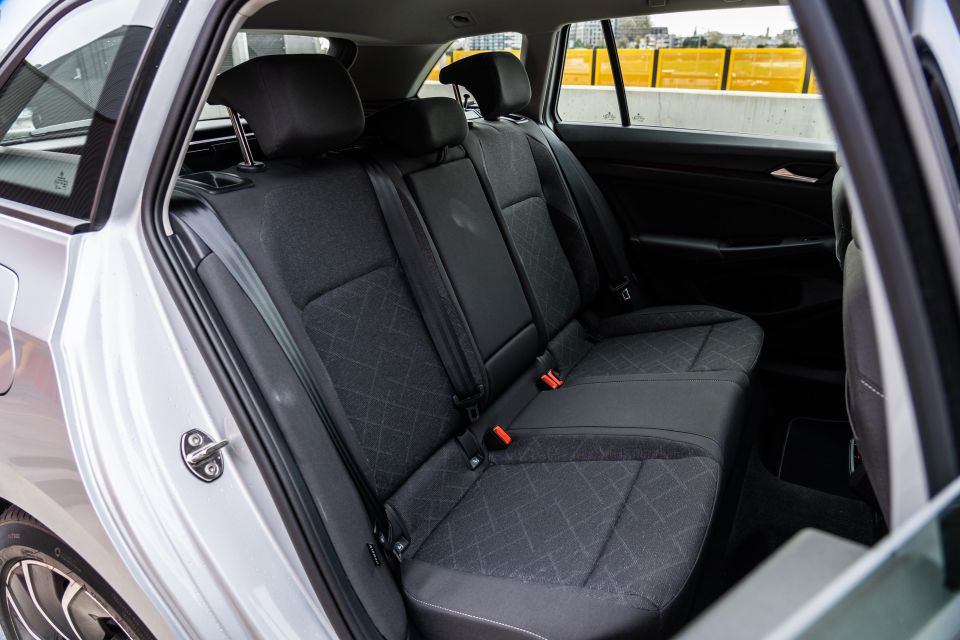
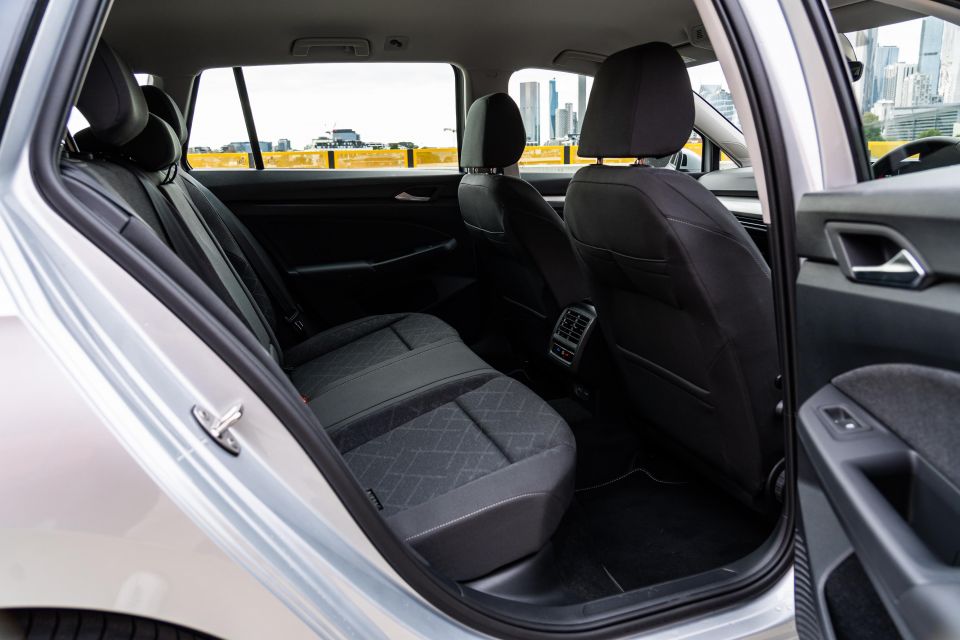
Moving to the second row there’s absolutely oodles of space. At a leggy 182cm I had absolutely plenty of head, shoulder and toe room.
The outboard seats have scalloped sections that made you feel like you are being hugged. All of the seats are very comfortable, with extremely squishy headrests to match.
The door armrests and the flip-down armrest are soft, with the latter having two-and-a-half cupholders in it. In terms of second-row amenities, there’s a third zone of climate control, USB-C ports, and device pockets on the seat backs.
Now if you thought the second row had plenty of space, you’d be absolutely blown away the amount of space on offer in the boot. In terms of outright capacity there’s 611 litres with the second row of seats upright, and 1642 litres with them folded.
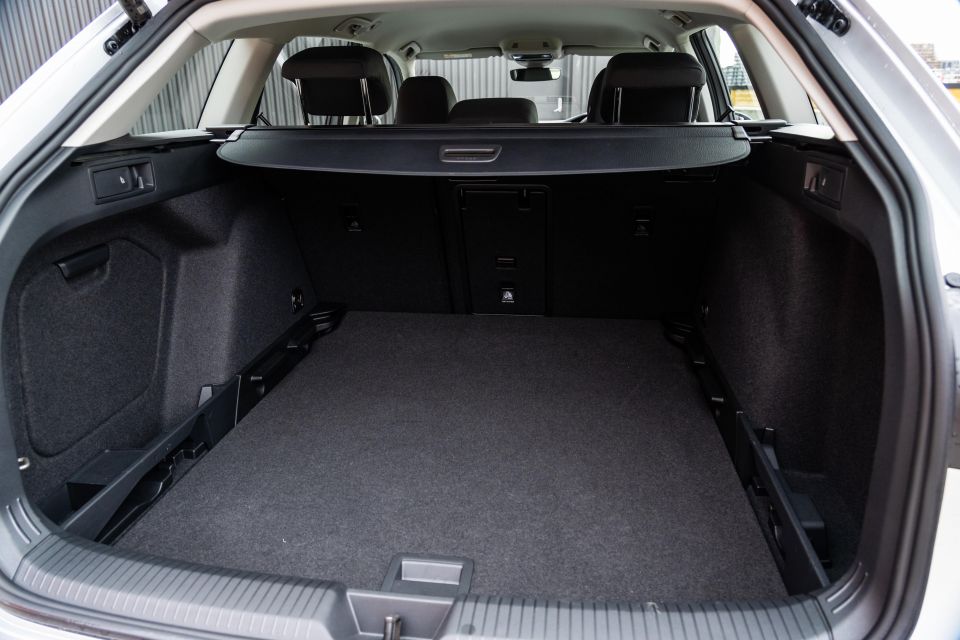

The Golf Life Wagon comes as standard with a power tailgate which comes in handy because it can be controlled not only from the key but also from the driver’s seat.
Other boot-related features include a ski hatch, 12V socket, cargo cover with two preset positions, retractable cargo barrier, bag hooks, and levers to fold the second-row seats down.
The Golf Life Wagon comes with a space-saver spare tyre, which isn’t anywhere near as good as a full-size unit but will be at lot more useful than a can of goo or nothing at all.
The 2023 Volkswagen Golf Life Wagon is powered by a 1.4-litre turbocharged four-cylinder petrol engine producing 110kW of power and 250Nm of torque.
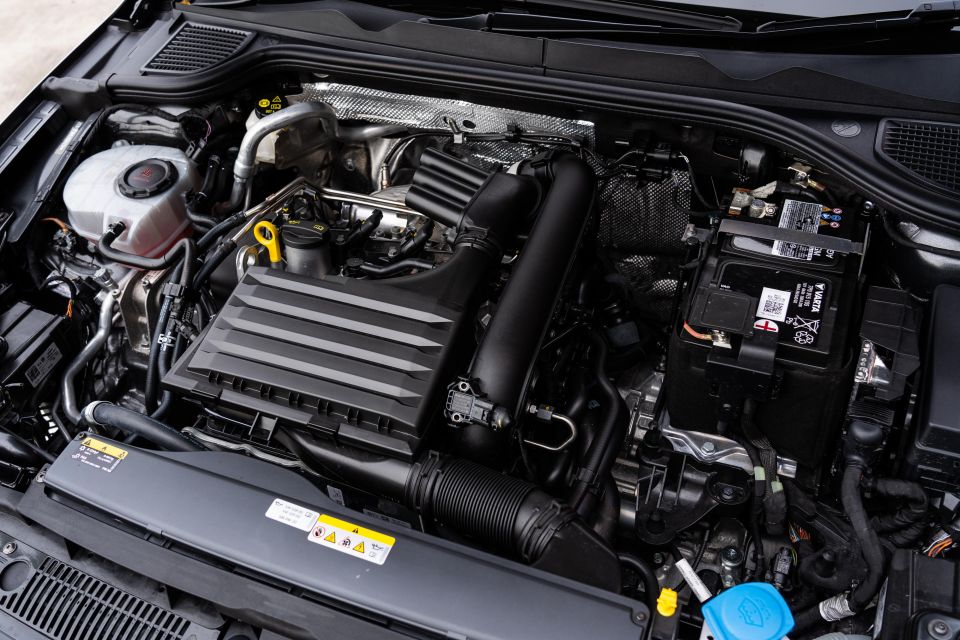
This is mated to an eight-speed torque-converter automatic transmission with drive sent to the front wheels only.
Volkswagen claims the Golf Wagon can do the 0-100km/h sprint in 8.8 seconds, which is 0.3 seconds slower than the equivalent hatchback.
The Golf Wagon has a claimed combined fuel consumption figure of 5.9 litres per 100km. During our time with the tester we achieved an average of 6.3 litres per 100km over 400km of mixed urban and highway driving.
All Golf variants come with an idle stop-start system. Core models models require a minimum of 95 RON premium unleaded and have a 50-litre fuel tank.
Turning on the Volkswagen Golf Life Wagon feels familiar in all the best ways. I’ve grown quite fond of how refined the 1.4-litre turbocharged four-cylinder petrol engine sounds at idle.
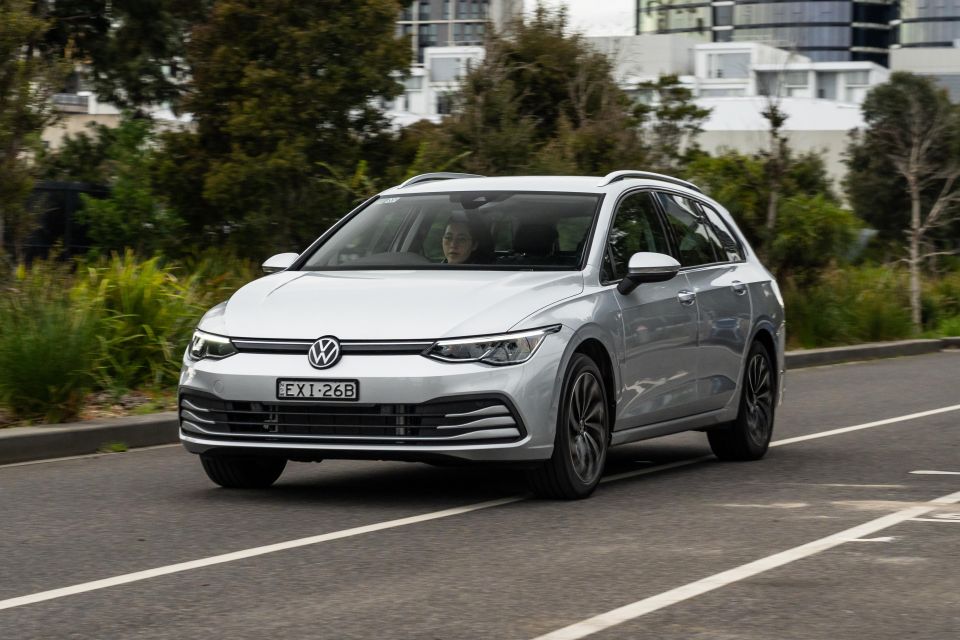
Where expert car reviews meet expert car buying – CarExpert gives you trusted advice, personalised service and real savings on your next new car.
Outputs of 110kW and 250Nm don’t sound that crazy on paper, but in reality they’re completely adequate.
From the traffic lights the Golf Life Wagon keeps up with no problems whatsoever. Push it and you’ll easily pull ahead of traffic. The Golf’s torquey engine shouldn’t be underestimated.
What does let the engine down a little bit though, is the eight-speed torque-converter automatic transmission. It feels a little unrefined and completely juxtaposes how great the engine feels.
When taking off the transmission likes to make the engine rev abnormally high (~2500-3000rpm), which feels really awkward given peak torque comes on tap from 1500rpm. It’s like the transmission is constantly in sport mode.
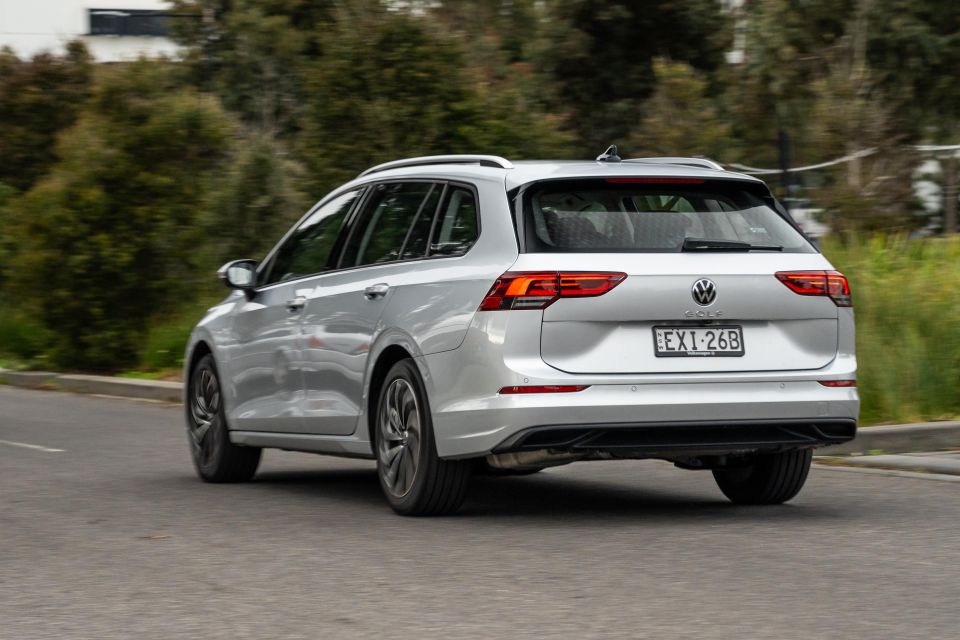
Another bugbear I have with the transmission is at lower speeds there are noticeable jolts during downshifts. I’ve never experienced a modern automatic car that does anything like this.
It also likes to hunt around for gears which makes the driving experience feel a little unsettling. I live near a road that has a 70km/h speed limit and turns into a 60km/h limit on a slight incline. During this the car would shuffle between at least three or four gears to keep it going the speed limit.
Around town the Golf Life Wagon has an extremely supple ride. It soaks up pimply metropolitan roads with no problems whatsoever and even feels surprisingly solid over the harshest of speed bumps.
Despite having an ever-so-slightly larger turning circle than the Golf Hatch (10.9 v 11.05 metres), the Golf Wagon still feels really nimble with light steering. This makes it an absolute dream to navigate and park in tight urban carparks.
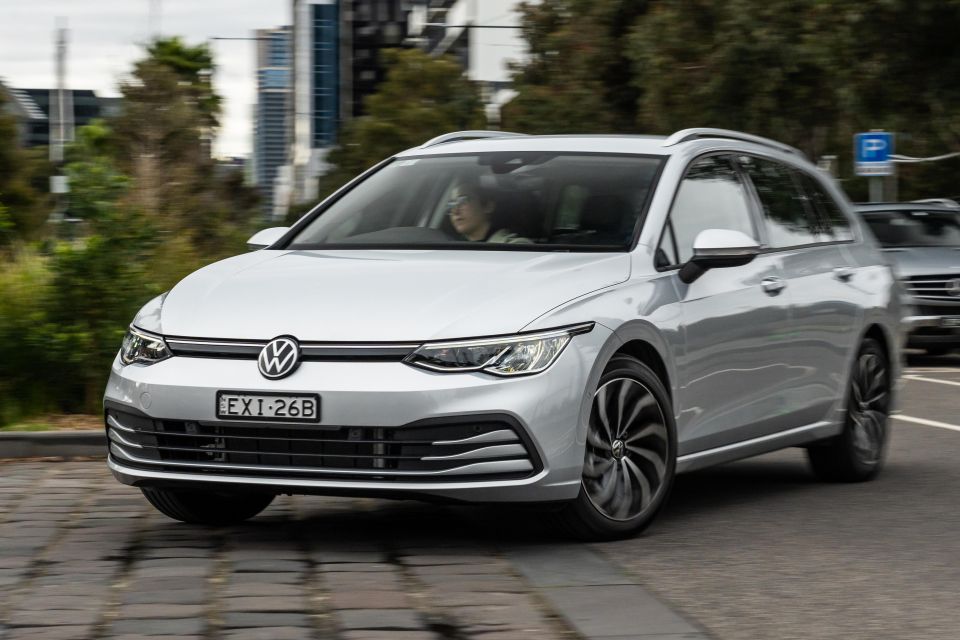
The entire Golf range comes with an engine idle stop-start system that I’m largely a big fan of. I understand people completely despise these kinds of systems though, as the engine switches off sometimes just as you’re about to take off in gridlocked traffic.
On the flip side, when the engine idle stop-start system is activated and a car ahead of you pulls away the engine switches back on. This can be incredibly frustrating if they only creep forward a touch.
As the speed picks up the Golf Life Wagon never feels out of puff, in fact it somewhat thrives out on the open road. The transmission seems to find a nice groove despite dropping down the occasional gear when going up a hill.
On the highway the car feels super solid, predictable and controllable which helps make cruising very effortless. You’ll also be getting fantastic fuel economy. During these times I frequently saw fuel consumption hang around the low-5.0 litres per 100km and occasionally would dip into the high 4.0 litres per 100km.

On the safety front, the Golf’s lane-keep assist system works really well, but it can get confused when presented with certain line markings. It always didn’t know what to do when I drove along the freeway exit I use driving home from the office each day.
The Travel Assist system is also fantastic at what it does, making highway cruising even easier. Whenever it tugged at the steering wheel it never felt jerky or awkward.
The last thing I’ll mention is the Golf’s adaptive cruise control is one of the best I’ve ever experienced. The way it accelerates up to the set speed and also reacts to vehicles pulling ahead of you is extremely natural.
It’s a little frustrating however when you go to undertake a car and the adaptive cruise slows you down to match its speed. I understand this is bad road manners in Germany but in Australia sometimes the quickest lane is the slow lane as everyone clambers over to the right-hand lane.
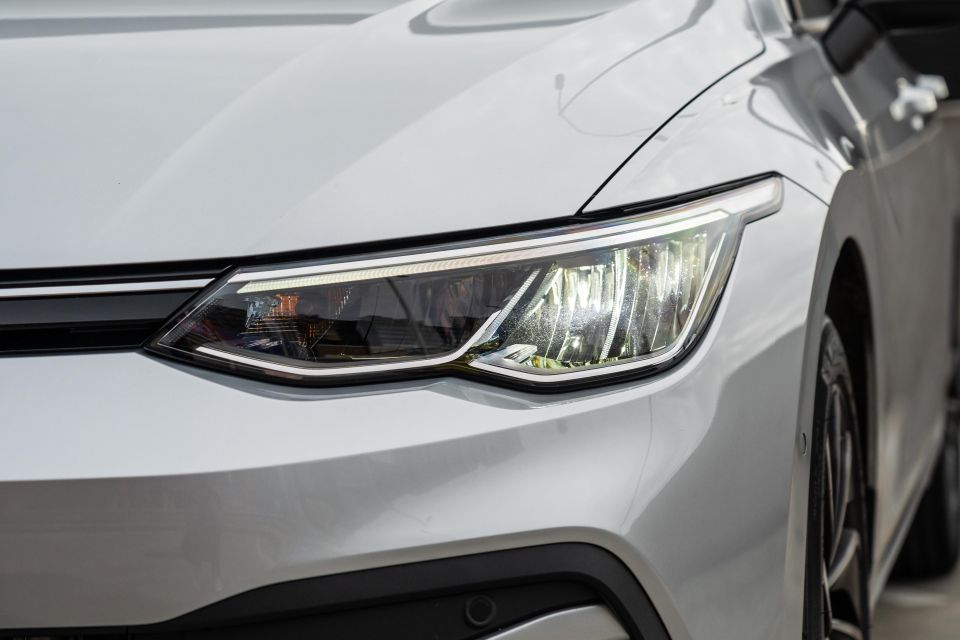

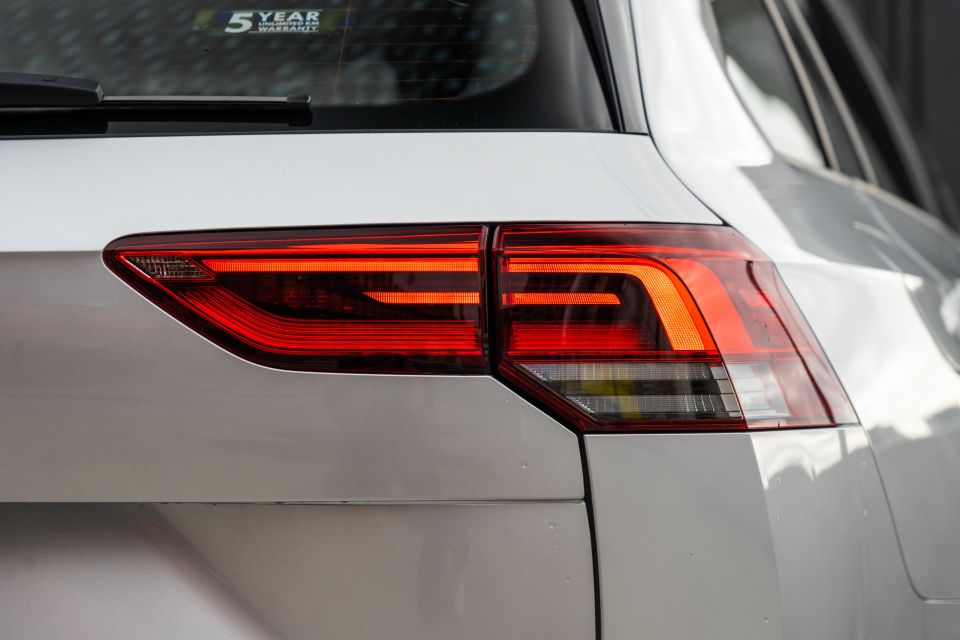

Volkswagen Golf Life Wagon highlights
Exterior
Interior
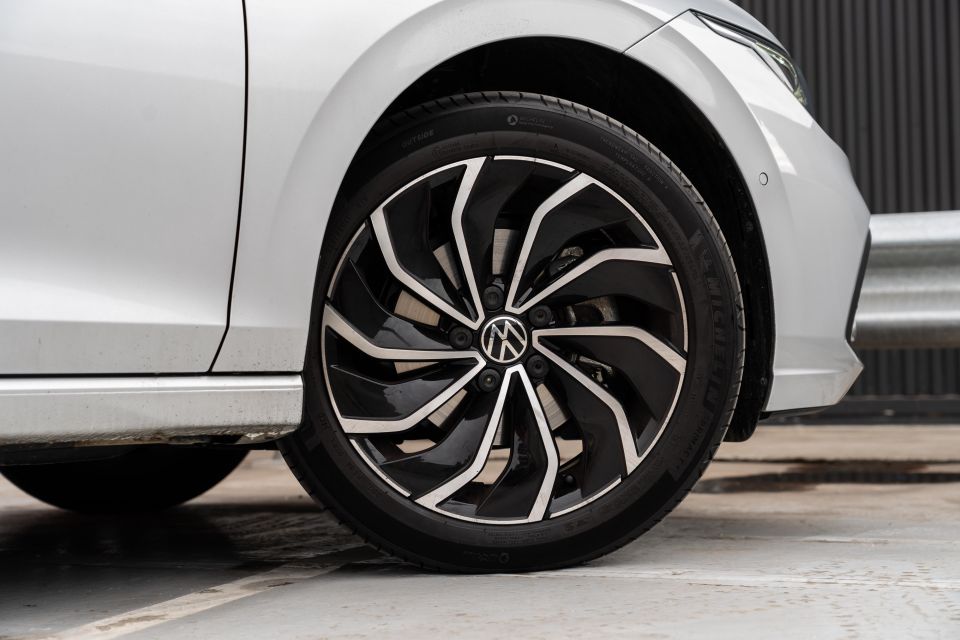

The $2000 Comfort & Style package adds:
The $2650 Sound & Vision package adds:
The Volkswagen Golf wears a five-star ANCAP safety rating based on testing based on carried out by Euro NCAP in 2019.
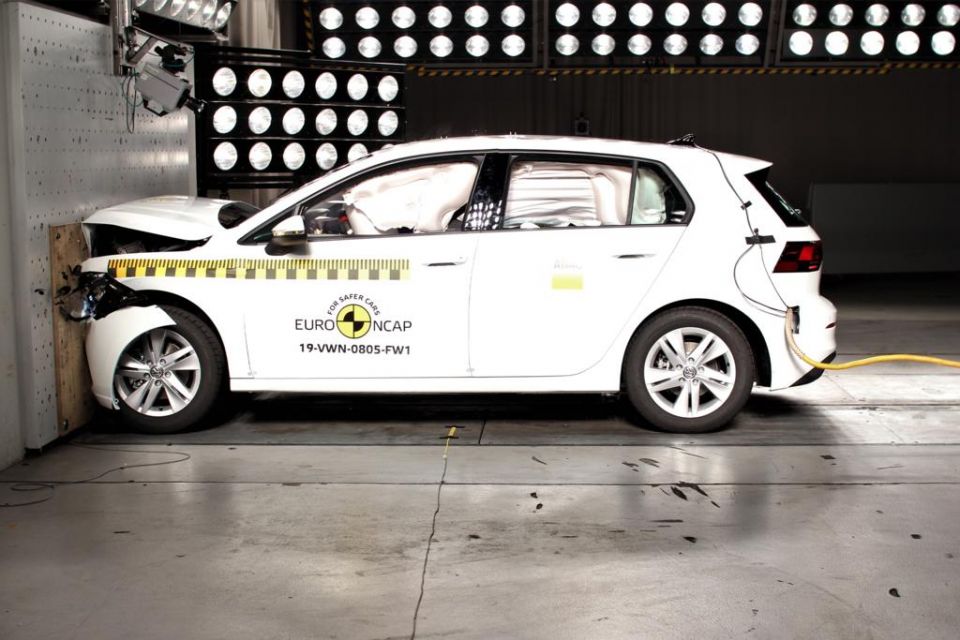
It scored 95 per cent for adult occupant protection, 89 per cent for child occupant protection, 76 per cent for vulnerable road user protection, and 80 per cent for safety assist.
Standard safety equipment includes:
You need to step up to the Golf Life to get Emergency Assist and safe exit warning.
The 2023 Volkswagen Golf is backed by a five-year, unlimited-kilometre warranty.
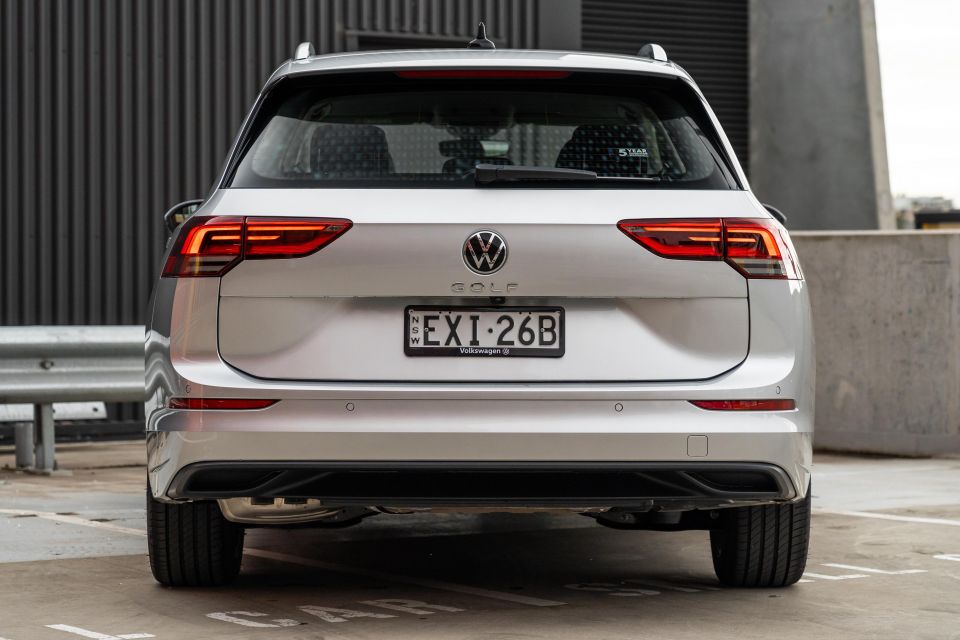
Servicing is required every 12 months or 15,000km and Volkswagen offers three- and five-year Care Plan, which is its term for prepaid service packages.
The three-year prepaid service package on the core Golf range is $1550, whereas the five-year Care Plan costs $2650.
Buy your new car without the stress. It's fast, simple and completely free.

Great service from Travis and team, second time I have used this business would not hesitate to recommend them to anyone
Craig C.
Purchased a Ford Ranger in Sunshine Coast, QLD
CarExpert helped Craig save $7,224 on his Ford Ranger, now let us save you on your next new car.
Get your BEST priceThat brings us to the end of the Golf Wagon’s farewell tour. Thankfully it wasn’t nearly as long as the likes of Cher’s or Elton John’s.
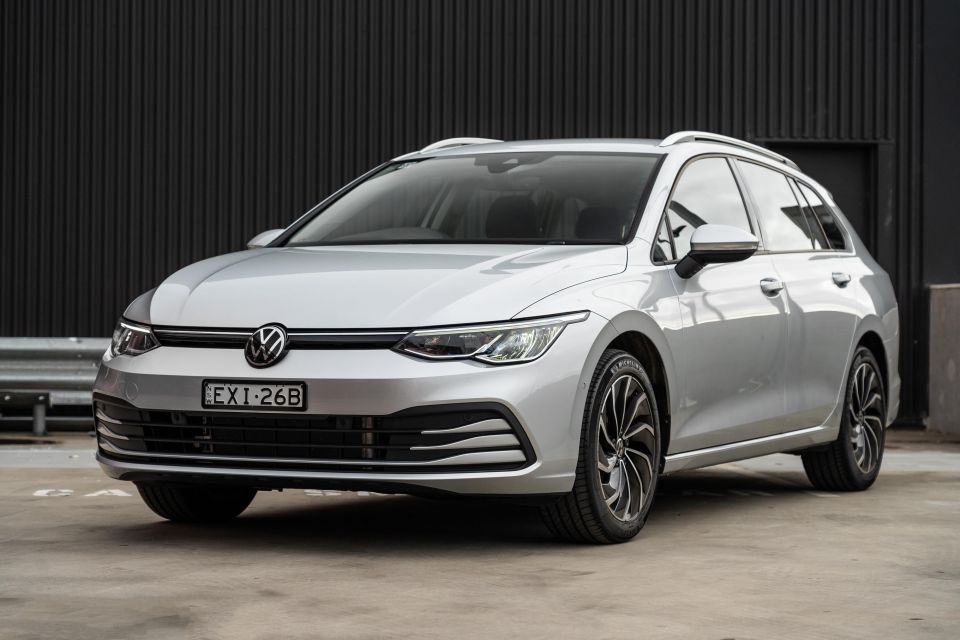
It’s sad to see the Golf Wagon leave the Australian market as the pool of small wagons continues to dry up. Your only alternative that’s similarly priced and can still be ordered is now the related Skoda Octavia Wagon.
There’s no denying how much interior space is on offer in the Golf Wagon. It’s considerably better than any equivalently priced small crossover or SUV. The Mk8 Golf, however, comes with its own quirks that include but are not limited to the the touch panel that doesn’t illuminate, and the sometimes clunky eight-speed torque-converter automatic.
I think the Golf Life Wagon forms as the sweet spot in the longer-bodied range, though if I was ordering a one – which I notably can’t do anymore – I’d opt for the optional $2650 Sound & Vision Package because I really like Charli XCX to slap through the speakers.
Hopefully if you’d like to purchase a new Golf Wagon there’s one sitting at a dealer for you to pick up. Otherwise, I hope you’re okay with the prospects of buying an SUV instead…

Click the images for the full gallery
Where expert car reviews meet expert car buying – CarExpert gives you trusted advice, personalised service and real savings on your next new car.
Jack Quick is an automotive journalist based in Melbourne. Jack studied journalism and photography at Deakin University in Burwood, and previously represented the university in dance nationally. In his spare time, he loves to pump Charli XCX and play a bit of Grand Theft Auto. He’s also the proud owner of a blue, manual 2020 Suzuki Jimny.


William Stopford
3 Days Ago
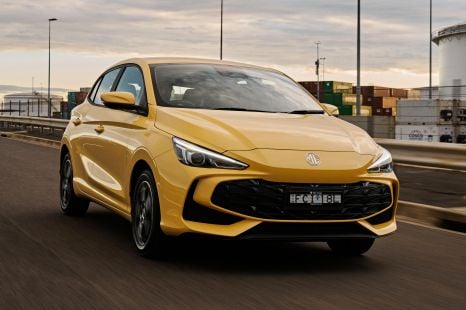

William Stopford
4 Days Ago
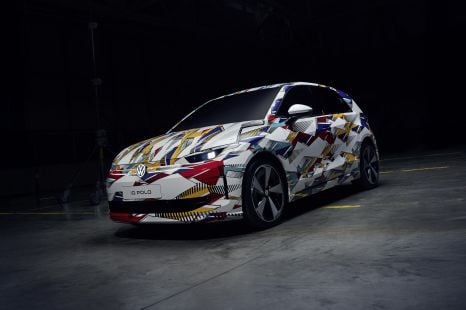

James Wong
11 Days Ago
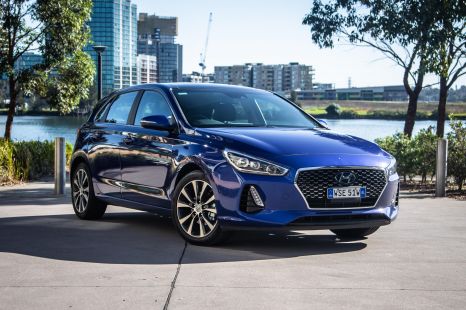

William Stopford
13 Days Ago
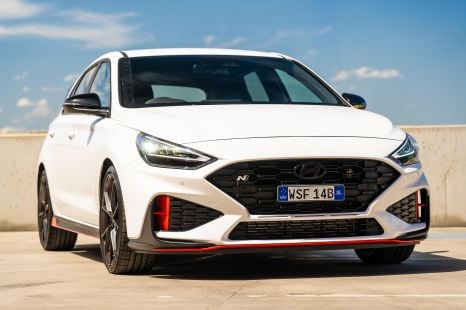

William Stopford
14 Days Ago
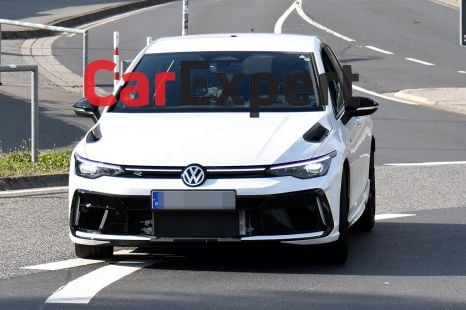

Damion Smy
18 Days Ago